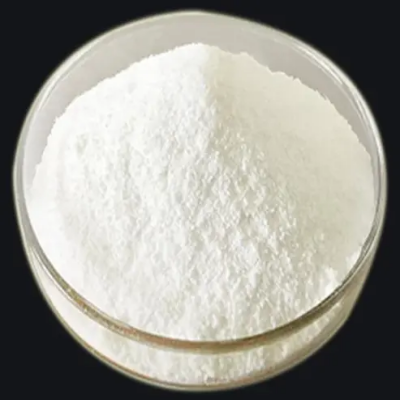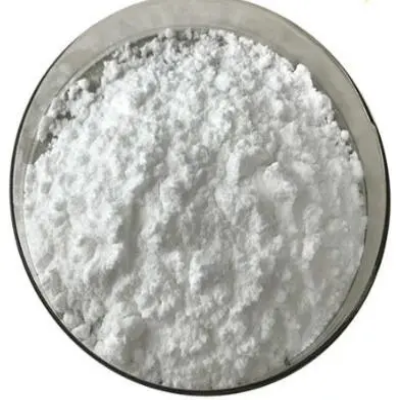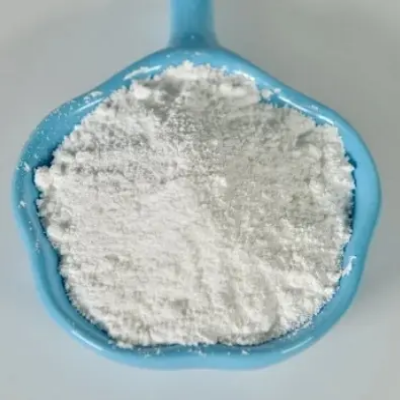6-Hydroxy-2(1H)-3,4-dihydroquinolinone CAS:54197-66-9
6-Hydroxy-2(1H)-3,4-dihydroquinolinone is an important heterocyclic compound that contains a fused bicyclic ring system, consisting of a quinoline moiety with a hydroxyl substitution at the 6-position and a ketone functionality at the 2-position. This configuration imparts specific reactivity and biological activity, making it a subject of extensive research in various scientific fields. One of the most notable characteristics of 6-hydroxy-2(1H)-3,4-dihydroquinolinone is its potential therapeutic applications. Preliminary studies suggest that this compound exhibits a range of pharmacological activities, including antibacterial, antifungal, and anti-inflammatory properties. The presence of the hydroxyl group is particularly significant, as it can participate in hydrogen bonding and enhance interaction with biological targets, such as enzymes and receptors, contributing to the compound's overall biological efficacy. The versatility of 6-hydroxy-2(1H)-3,4-dihydroquinolinone also allows for further chemical modifications, enabling the synthesis of various derivatives that may possess enhanced or novel activities. For instance, substituting different functional groups on the aromatic or aliphatic portions of the molecule can yield compounds tailored for specific pharmaceutical applications. This potential for modification makes it a valuable intermediate in drug design and development. Additionally, this compound has garnered attention in the field of materials science, where quinoline-based derivatives are explored for their luminescent properties and application in organic electronics. The ability to engineer the electronic properties of the compound through structural modifications can lead to the development of new materials with desirable optical characteristics. Research into the synthesis of 6-hydroxy-2(1H)-3,4-dihydroquinolinone has shown various synthetic routes, including multi-step organic reactions that utilize starting materials readily available in commercial quantities. These methods contribute to the efficiency of producing this compound for both laboratory studies and potential industrial applications. Moreover, studies examining the mechanism of actions associated with 6-hydroxy-2(1H)-3,4-dihydroquinolinone have provided insights into its interactions at the molecular level, elucidating how it influences biological pathways. Understanding these mechanisms can accelerate the discovery of new therapeutic agents based on this framework, broadening the horizons for treating various diseases. In summary, 6-hydroxy-2(1H)-3,4-dihydroquinolinone is a significant compound in medicinal chemistry and materials science, exhibiting diverse biological activities and synthetic versatility. Its unique structure paves the way for innovative drug development and material applications. As ongoing research continues to explore its properties and functions, 6-hydroxy-2(1H)-3,4-dihydroquinolinone remains a key focus in advancing both chemical knowledge and practical applications across multiple scientific domains.



| Composition | C9H9NO2 |
| Assay | 99% |
| Appearance | white powder |
| CAS No. | 54197-66-9 |
| Packing | Small and bulk |
| Shelf Life | 2 years |
| Storage | Store in cool and dry area |
| Certification | ISO. |









